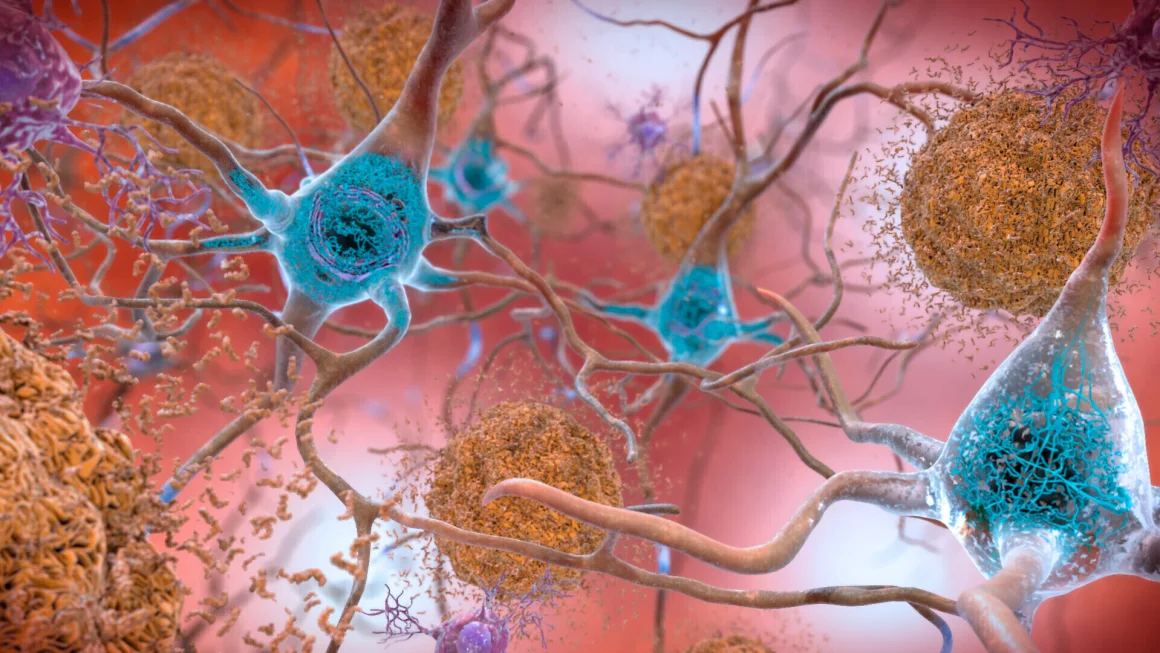
A recent study has found that clusters of food additives commonly found in ultraprocessed foods could contribute to an increased risk of type 2 diabetes. Ultraprocessed foods, which make up nearly 70% of grocery store items in the U.S., often contain additives that enhance flavor, appearance, texture, and shelf life.
While research on the individual health impacts of food additives, such as artificial colorings and preservatives, exists, less is known about the combined effects of these additives when consumed together. The new study suggests that certain additive mixtures may be more harmful than individual additives, leading to a modest increase in diabetes risk.
Carlos Augusto Monteiro, emeritus professor at the University of São Paulo and creator of the NOVA food classification system, which categorizes foods by processing levels, commented that the findings reveal flaws in how food additives are regulated. He noted that while additives are assessed individually, they are usually consumed as part of mixtures, not in isolation.
The NOVA classification categorizes foods into four groups: unprocessed or minimally processed (e.g., fruits, vegetables, and meats), processed ingredients (e.g., oils and salts), processed foods (e.g., canned vegetables, bread), and ultraprocessed foods (e.g., packaged snacks and sugary drinks), which contain additives not typically used in home cooking.
The International Council of Beverages Associations (ICBA), representing the food industry, dismissed the study, calling it “misleading” and asserting that extensive research supports the safety of these ingredients.
Additives commonly found in ultraprocessed foods include preservatives, emulsifiers, artificial sweeteners, flavor enhancers, and various agents used to modify texture or color. Industry often combines these ingredients because they complement each other’s properties. For example, a diet soda typically contains a mix of artificial sweeteners, colorings, and acidifiers.
Dr. Mathilde Touvier, senior author of the study and director of the Nutritional Epidemiology Research Team at the French National Institute for Health and Medical Research, explained that food combinations, like fast-food meals, often lead to the consumption of these additive clusters, which can have unique effects on health.
The study, published in PLOS Medicine, analyzed data from over 108,000 adults in the NutriNet-Santé cohort, a long-term study on nutrition and health. Researchers found that two specific additive mixtures were linked to a modest but significant increase in type 2 diabetes risk.
One cluster consisted of modified starches, pectin, guar gum, carrageenan, polyphosphates, potassium sorbates, curcumin, and xanthan gum. These additives are commonly found in creamy desserts, sauces, and broths. While some, like guar gum, are generally considered safe, others, such as phosphates, have been linked to kidney damage and may contribute to diabetes risk.
The second additive cluster included ingredients like citric acid, phosphoric acid, acesulfame potassium, aspartame, and sucralose, which are commonly found in sugary or artificially sweetened beverages. Previous studies have already linked certain components of this cluster, such as artificial sweeteners and emulsifiers, to diabetes.
Researchers emphasized that more studies are needed to understand the complex interactions between food additives and their collective impact on health. Dr. Elizabeth Dunford, an expert in nutrition, praised the research as a crucial first step in understanding the potential health risks of these additive combinations.
The study also accounted for variables like overall diet, lifestyle, and sociodemographic factors, ensuring that the observed effects were not simply due to factors like sugar intake.
While the study’s findings are significant, experts agree that further research is necessary to fully comprehend how additive clusters interact and impact metabolism over time.










